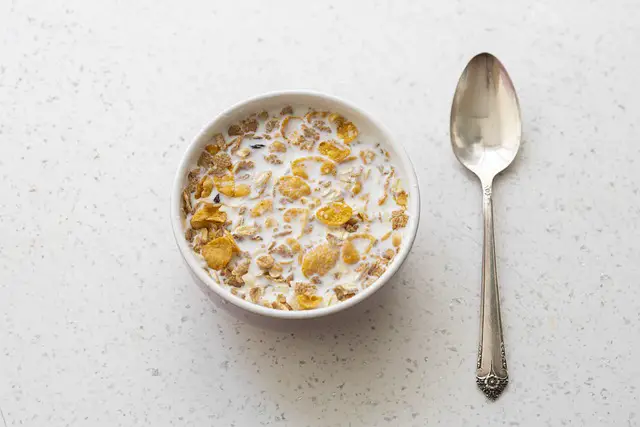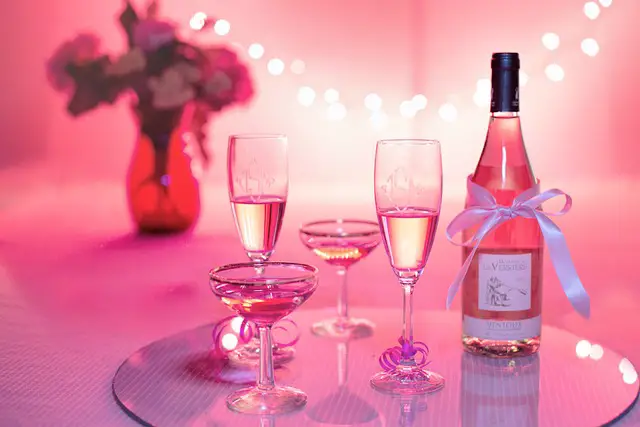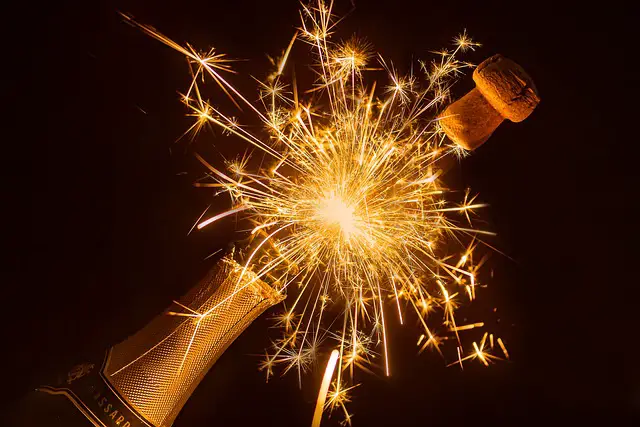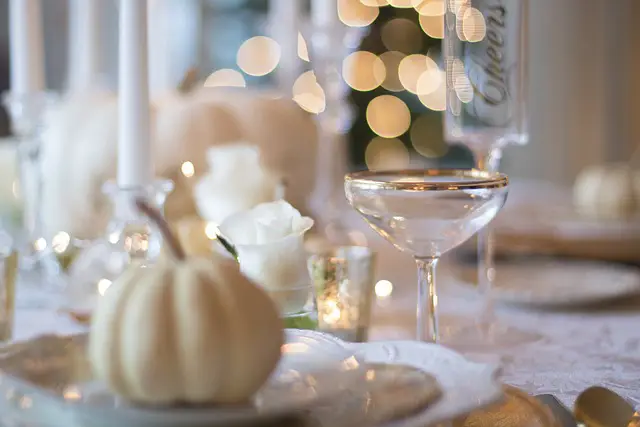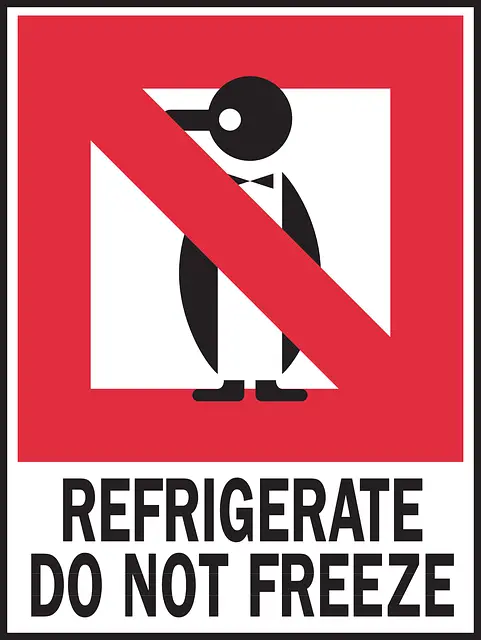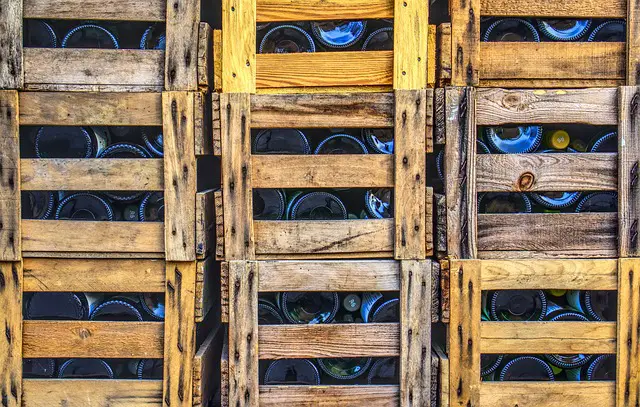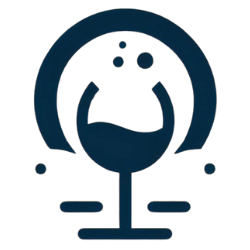Pop the cork and pour a glass of bubbly goodness—there’s nothing quite like champagne to set the mood for celebration. Whether it’s a wedding, anniversary, or simply a Tuesday night worth toasting, this effervescent treat always adds an air of sophistication. But as you prepare for your soirée, you may find yourself pondering a puzzling question: just how many glasses of champagne can you pour from that 1.5-liter bottle? Fear not, as we embark on a journey to quench your curiosity and help you estimate the number of servings you can expect from this iconic bottle size. Get ready to raise your flute and let’s dive into the world of champagne servings!
Obsah
- 2. Determining the Standard Champagne Serving Size: Quality over Quantity
- 3. Factors Affecting Champagne Pouring: Calculating Glass Servings
- 4. Optimal Pour Size: Maximizing Enjoyment While Minimizing Waste
- 5. Professional Tips for Champagne Service: Perfecting Pour Accuracy
- 6. Hosting a Party? Estimating Champagne Needs for Large Gatherings
- 7. Budget-Friendly Bubbles: Getting the Most Glasses per Bottle
- 8. Celebrate Responsibly: Serving Champagne in Moderation
- In Retrospect
1. Understanding Champagne Bottle Sizes: Demystifying the 1.5 Liter Magnum
When it comes to Champagne, size does matter! One of the most popular and impressive bottle sizes in the Champagne world is the 1.5 Liter Magnum. Holding the equivalent of two standard bottles, this larger format is perfect for special occasions or celebrations with a larger group of Champagne enthusiasts. Its unique size and shape not only add an extra touch of elegance but also enhance the aging potential and taste experience of the bubbly inside.
The 1.5 Liter Magnum offers several advantages over regular-sized bottles, making it a preferred choice for many Champagne connoisseurs. Here’s a closer look at why this bottle has gained such popularity:
- Showstopper: The Magnum’s imposing presence on the table creates an instant visual impact, making it the centerpiece of any celebration.
- Slower Aging: Due to its larger volume, Champagne stored in a Magnum tends to age more slowly. This slow aging process allows the flavors to meld together and develop more complexity, resulting in a richer and more harmonious taste.
- Better Bubbles: The larger bottle size facilitates a slower release of carbon dioxide, leading to smaller and more refined bubbles. This enhances the Champagne’s effervescence and ensures a more pleasurable drinking experience.
- Sharing is Caring: The Magnum’s generous volume allows it to be poured among a group of friends or family, promoting a sense of camaraderie and shared enjoyment.
Experience the allure of the 1.5 Liter Magnum and make a statement at your next celebration – both visually and in taste!
2. Determining the Standard Champagne Serving Size: Quality over Quantity
Why Quality Matters When Serving Champagne
The standard champagne serving size is an important aspect to consider when planning an event or simply enjoying a glass of bubbly. However, it’s essential to prioritize quality over quantity when it comes to indulging in this beloved effervescent beverage. Here’s why quality is key when determining the perfect serving size for champagne:
- Enhanced flavor profiles: Opting for a standard serving size allows you to truly savor the complexities and nuances of the champagne’s flavors. When you choose quality over quantity, each sip becomes a delightful experience, uncovering hints of citrus, toasted almonds, or even floral notes.
- Effervescence at its best: Champagne is renowned for its lively bubbles and effervescence, which play a crucial role in creating a harmonious drinking experience. By sticking to the appropriate serving size, you ensure that the captivating sparkle remains intact, allowing you to fully appreciate the wine’s effervescent charm.
Appreciating the Experience
When it comes to serving champagne, it’s all about creating a memorable experience. By prioritizing quality over quantity, you enable yourself and your guests to fully immerse in the moment and appreciate the unique qualities of the wine. Here are additional reasons why focusing on quality is essential:
- Elegant presentation: Serving champagne in the appropriate quantity elevates the overall presentation of the beverage. Whether you’re hosting a sophisticated soirée or enjoying a quiet evening, a carefully measured pour in a beautifully crafted flute adds a touch of refinement to any occasion.
- Mindful moderation: By emphasizing quality, you encourage responsible consumption and mindful indulgence. Rather than mindlessly refilling glasses, a measured serving size allows for a more controlled consumption, ensuring a pleasurable experience without overindulgence.
3. Factors Affecting Champagne Pouring: Calculating Glass Servings
When it comes to serving champagne, there are several factors that can affect the number of glass servings you can pour from a bottle. By understanding these factors, you can make sure that everyone at your gathering gets a taste of the bubbly without running out too soon. Here are some key considerations to keep in mind:
- Glass Size: The size of the champagne glass plays a significant role in determining the number of servings. Smaller glasses, such as flutes, generally hold around 4 to 5 ounces of liquid, while larger coupes or bowls can hold up to 8 ounces. Adjust your calculations accordingly to ensure each guest receives an adequate pour.
- Pouring Technique: The way you pour the champagne can impact the amount of liquid in each glass. Avoid pouring too quickly or forcefully, as this can result in excessive foam and wastage. Aim for a gentle, steady pour along the inside of the glass to minimize foam formation and maximize the amount of champagne you can serve.
- Bottle Size: Champagne bottles come in various sizes, such as standard 750ml, magnum (1.5L), or jeroboam (3L). Larger bottle sizes allow for more servings, so it’s essential to factor this in when determining how many bottles you’ll need. If you’re serving champagne at a larger event, consider opting for magnum or jeroboam bottles to reduce the number of bottles needed.
Remember, the goal is to offer your guests a delightful champagne experience, so it’s important to consider these factors to ensure the perfect pour. By paying attention to glass size, pouring technique, and bottle size, you can calculate the number of glass servings accurately and ensure that everyone has a reason to raise their glasses in celebration.
4. Optimal Pour Size: Maximizing Enjoyment While Minimizing Waste
One of the key aspects to consider when enjoying a beverage is the optimal pour size. By selecting the right pour size, you can ensure maximum enjoyment while minimizing waste. So, how do you determine the perfect amount to pour? Here are some tips and tricks to help you find the sweet spot:
1. Serving Size: Consider the recommended serving size for the specific beverage. Whether it’s a glass of wine, a cup of coffee, or a refreshing cocktail, knowing the serving size will give you a good starting point. Check the label or do a quick Google search to find out the ideal quantity.
2. Glassware: The type and size of your glassware play a significant role in determining the pour size. For example, a standard wine glass typically holds about 5-6 ounces. However, consider the specific shape and capacity of your glass to adjust the pour accordingly.
3. Personal Preference: Everyone’s taste buds are unique, so don’t forget to take into account your personal preference. If you enjoy smaller, more concentrated sips, consider a smaller pour size. If you like to savor your drink for a longer duration, a larger pour may be more suitable.
4. Alcohol Content: When it comes to alcoholic beverages, it’s crucial to be mindful of the alcohol content. For spirits with higher alcohol content, a smaller pour might aid in better tasting and enjoyment, preventing overwhelming flavors. On the other hand, beverages with lower alcohol content can be enjoyed in larger quantities without overpowering the taste.
By embracing the art of the optimal pour size, you can enhance your drinking experience without wastage or feeling unsatisfied. Remember, it’s all about finding the right balance that suits your beverage, glassware, and personal preferences. So, next time you raise your glass, pour just enough to savor each sip and make the most of your favorite drinks.
5. Professional Tips for Champagne Service: Perfecting Pour Accuracy
When it comes to serving champagne, pour accuracy is key. To ensure you’re delivering the perfect pour every time, follow these professional tips:
- Chill champagne properly: Before serving, make sure the champagne bottle is chilled to the ideal temperature of around 45-50°F (7-10°C). This will help maintain the carbonation and enhance the overall taste.
- Hold the bottle correctly: For a controlled and precise pour, hold the bottle at the base, grasping it firmly. Your thumb should be on the punt (the indentation at the bottom of the bottle) to give you better control over the flow.
- Tilt the glass: To prevent excessive foaming, gently tilt the champagne glass at a slight angle while pouring. This technique will also help preserve the bubbles and reduce the risk of spillage.
- Control the pour: Begin pouring the champagne down the side of the glass, allowing it to flow smoothly. Aim to fill the glass around two-thirds full to maintain its aroma and prevent overflow.
- Serve at the right moment: Champagne is known for its effervescence, so time is of the essence. Pour and present the glass to the guest promptly to ensure they experience it at its best.
By following these professional tips, you’ll be able to master the art of champagne service and impress your guests with impeccable pour accuracy. Cheers to a flawless and unforgettable champagne experience!
6. Hosting a Party? Estimating Champagne Needs for Large Gatherings
When hosting a party, one of the most important considerations is estimating how much champagne you’ll need for your large gathering. While it can be challenging to determine exactly how many bottles to purchase, there are some guidelines that can help you make an accurate estimate.
Guest Count: The first step is to determine the number of guests you will be accommodating. Keep in mind that not all guests may drink champagne, so adjust your estimates accordingly. As a general rule, assume that each guest will consume about 1.5 glasses of champagne throughout the event.
- For 25 guests, you’ll need approximately 38 glasses, equivalent to 3 bottles.
- For 50 guests, plan on around 75 glasses, translating to 6 bottles.
- If you’re hosting an extravagant affair with 100 guests, aim for 150 glasses or about 12 bottles.
Event Duration: Consider the duration of your party when estimating champagne needs. For parties under three hours, assume that each guest will consume the 1.5 glasses mentioned earlier. However, if your gathering is scheduled to last longer, it’s wise to budget for additional consumption. For every extra hour, add half a glass per guest to your previous estimate.
- For a four-hour party with 25 guests, plan for 47 glasses, or 4 bottles.
- In the case of a six-hour celebration for 50 guests, expect around 112 glasses, equaling 9 bottles.
- For an eight-hour extravaganza with 100 guests, consider providing about 225 glasses or approximately 18 bottles.
7. Budget-Friendly Bubbles: Getting the Most Glasses per Bottle
When it comes to enjoying a glass of bubbly without breaking the bank, there are a few tips and tricks you can employ to stretch each bottle to its maximum potential. By maximizing the number of glasses you get from each bottle, you’ll be able to savor those effervescent bubbles more often, without worrying about the cost. Here are some budget-friendly strategies to make the most out of your sparkling wine:
- Choose High-Quality Prosecco: Prosecco is a budget-friendly sparkling wine option that doesn’t sacrifice taste and quality. Look for a reputable brand that offers excellent value for money, ensuring you enjoy every sip without emptying your wallet.
- Invest in a Champagne Stopper: For those moments when you want to indulge in a glass of Champagne but not finish the whole bottle, a champagne stopper becomes your best friend. It preserves the bubbles and allows you to enjoy the remaining sparkling wine at a later date.
- Master the Art of the “Top-Off”: Whether you’re hosting a small gathering or simply treating yourself, gently topping off each glass as it empties can help you stretch the bottle further. This ensures that every glass gets the full bubbly experience, even if the bottle is nearly empty.
Remember, enjoying sparkling wine shouldn’t be limited by budget constraints. With these tips, you’ll be able to make the most out of each bottle, allowing the joy of bubbles to fill every occasion without worrying about the cost. Cheers to budget-friendly indulgence!
8. Celebrate Responsibly: Serving Champagne in Moderation
When it comes to celebrating with champagne, it’s important to do so responsibly and in moderation. While this sparkling beverage is often associated with joyous occasions, it’s crucial to remember that alcohol consumption should always be done in a balanced and controlled manner. By following a few simple guidelines, you can fully enjoy the pleasures of champagne while keeping yourself and your guests safe.
Firstly, remember that champagne typically contains a higher alcohol content than wine. Therefore, it’s essential to be aware of your alcohol tolerance and that of your guests. Here are some tips to help you celebrate responsibly:
- Set a limit: Determine in advance how many glasses of champagne you and your guests will consume during the celebration.
- Mix with non-alcoholic options: Offer a variety of non-alcoholic beverages alongside champagne to provide alternatives for those who prefer not to drink alcohol.
- Serve food: Enjoying champagne with food helps slow down the absorption of alcohol and can reduce the effects of intoxication.
By adhering to these simple suggestions, you can create a fun and responsible champagne celebration. Keep in mind that the key is moderation; ensuring that everyone has a safe and enjoyable experience is the true mark of a successful celebration.
In Retrospect
In conclusion, a 1.5 liter bottle of Champagne typically contains around 8 to 10 glasses, depending on the size of the pour. Cheers!

